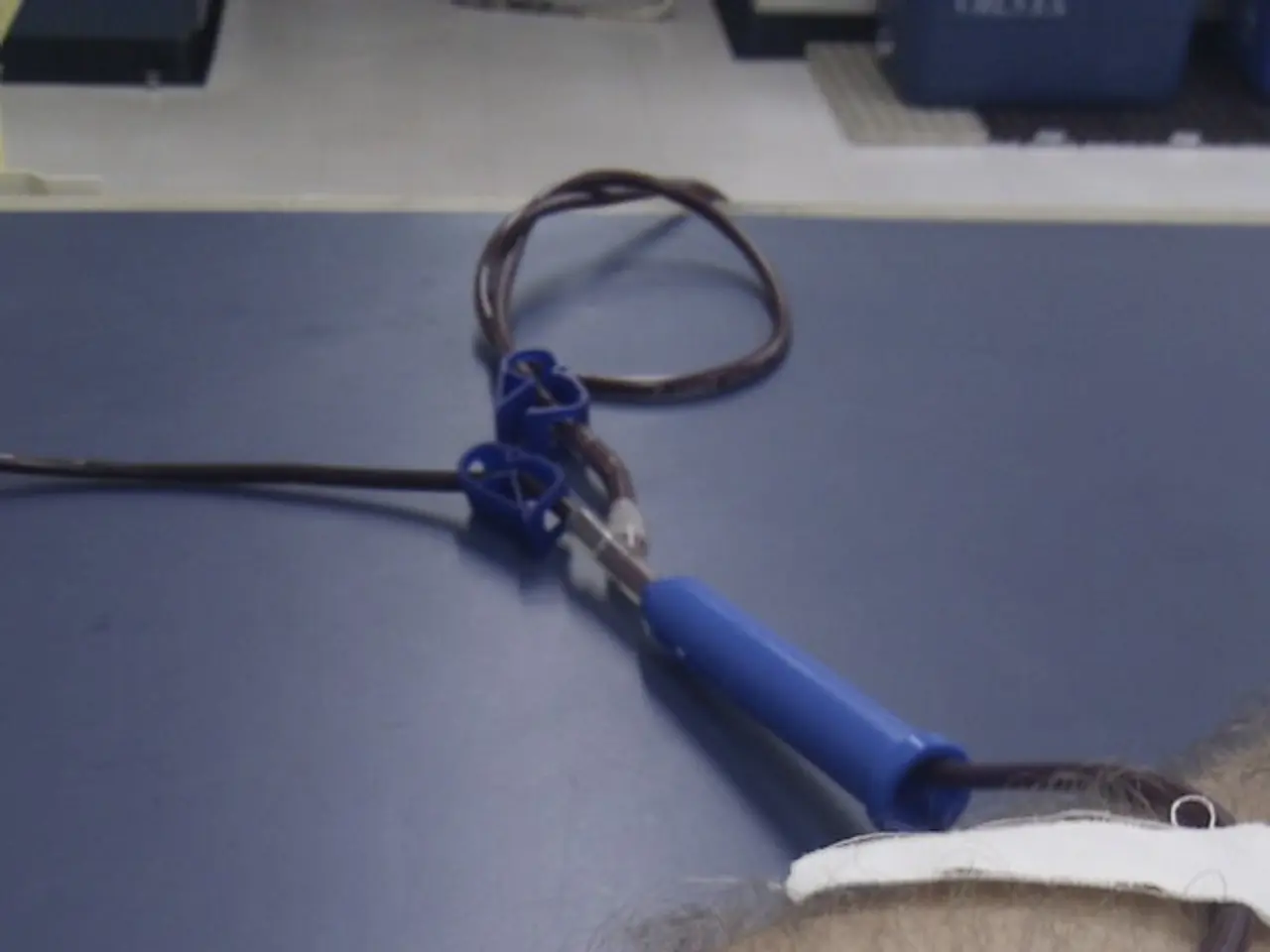Octopuses Possess Three Times the Number of Brains Compared to Their Hearts
Octopuses, fascinating creatures of the deep sea, belong to the order Octopoda within the class Cephalopoda. With approximately 300 different species, these marine invertebrates are diverse and captivating in their unique characteristics.
Distinctive Features of Octopus Anatomy
One of the most remarkable aspects of octopuses is their physiology. They possess three hearts, a trait that sets them apart from other cephalopods such as nautiluses. Two of these hearts, known as branchial hearts, are responsible for pumping blood through the gills to oxygenate it. The third heart, the systemic heart, circulates this oxygen-rich blood to the rest of the body. This division of labor supports their active movement and the high oxygen demands of multiple brains.
Octopuses also have nine brains in total. The central brain, located between the eyes and shaped like a doughnut around the esophagus, is not the only brain responsible for their brain function. Each arm is equipped with a mini brain, or ganglia, which allows remarkable flexibility and coordination. In fact, around 66% of the neurons in an octopus are found in its limbs.
The Absence of Bones and Shells
Unlike many other marine creatures, octopuses lack both internal skeletons and external shells. This adaptability enables them to squeeze through very small spaces for hiding or hunting.
Venomous Creatures
Almost all octopus species possess venom, but very few, like the small blue-ringed octopus, are dangerous to humans.
Efficient Blood Circulation
Despite the inefficiency of hemocyanin, the copper-rich protein that octopuses use to transport oxygen in their blood, their circulatory system compensates through a clever mechanism. The multiple hearts in octopuses circulate oxygenated and deoxygenated blood separately, ensuring that the necessary oxygen is delivered to the body's tissues.
Evolutionary History
A 330-million-year-old octopus fossil was discovered in Montana in a 2022 Nature Communications study, providing insights into the evolutionary history of these fascinating creatures.
In summary, octopuses are soft-bodied cephalopods with three hearts and nine brains, among other specialized traits that distinguish different species but follow this general physiological pattern. Their unique circulatory system, decentralized nervous system, and adaptable anatomy make them remarkable creatures in the depths of the ocean.
- In the realm of science, the study of octopus anatomy reveals that not only do these marine animals possess three hearts, a feature distinguishing them from nautiluses, but also nine brains, with each arm featuring a mini brain for remarkable flexibility and coordination.
- Octopuses, being fascinating creatures in the fields of space and astronomy, marine life, medical conditions, and health and wellness, have an evolutionary history that dates back 330 million years, as evidenced by a recent fossil discovery in Montana.




